Ferrari was starting to lose its way in the 1990s. Its road cars were heavily criticised and its motorsport exploits were losing momentum.
New CEO Luca di Montezemolo knew he needed a production car to return it back to the passionate and engaging form it was so famous for. He wanted to invoke the feeling of passion for Ferrari that was dwindling among buyers, and the only way to do that was to return the emotive driving experience that was nowhere to be found in the underwhelming 348 of 1989.
The car that the factory eventually churned out in 1994 was the ideal solution, so much so that Ferrari sold 11,552 of them – a record for any single model from the company. Yes, the F355 rectified di Montezemolo’s greatest problem in a remarkable way: not only did it impress buyers of the time, but also it’s still heralded as one of the finest ever Ferraris. Despite being like the 348 (it had the same proportions, body shell and rear subframe), the execution was vastly different.
You may gawp at the fetching Pininfarina-designed looks, with their clean lines and retro popup headlights. Or maybe it’s the engine that draws you in. The naturally aspirated, dry-sump, flat-plane, 3.5-litre V8 revs to an eye-watering 8500rpm and makes a healthy 380bhp (a 25% increase over the 348) and 268lb ft of torque. It used Formula 1 technology, with five valves per cylinder. It was lightweight, too, with forged alloy pistons and titanium conrods, so the 355 weighed just 1380kg dry.
Ferrari also improved the handling with new electronic dampers and an optional Fiorano handling package that widened the track, lowered the car and firmed up the suspension.
The much more balanced chassis and lighter steering made it a more approachable and fun car to drive, especially with the sublime sixspeed gated manual gearbox.
In 1997, it also offered the first version of Ferrari’s six-speed paddle-shift electrohydraulic ‘F1’ gearbox; the automated manual was the first of its kind. The Scuderia was the first F1 team to use paddles in its race cars, hence the name.
Speaking of racing, the F355 wasn’t just offered in road-going guise; it had racing pedigree too. In 1995, Ferrari devised the onemake F355 Challenge series, which allowed hardcore 355s to be sold for racing. It followed a popular series of the same idea which used 348s to race, continuing the lineage of the Ferrari Challenge series that we still see today.
On the road, the F355 was offered in Berlinetta coupe or GTS Targa guise, before a Spider cabriolet was added in 1995.
Of course, it wouldn’t be an older Ferrari if there weren’t exceedingly high maintenance costs and some stress-inducing problems. Nevertheless, if you shop carefully and find an example with a full service history, we guarantee that you will be rewarded with a howling soundtrack and an enriching supercar that you will never get tired of. It could also be an A1 investment for the future.


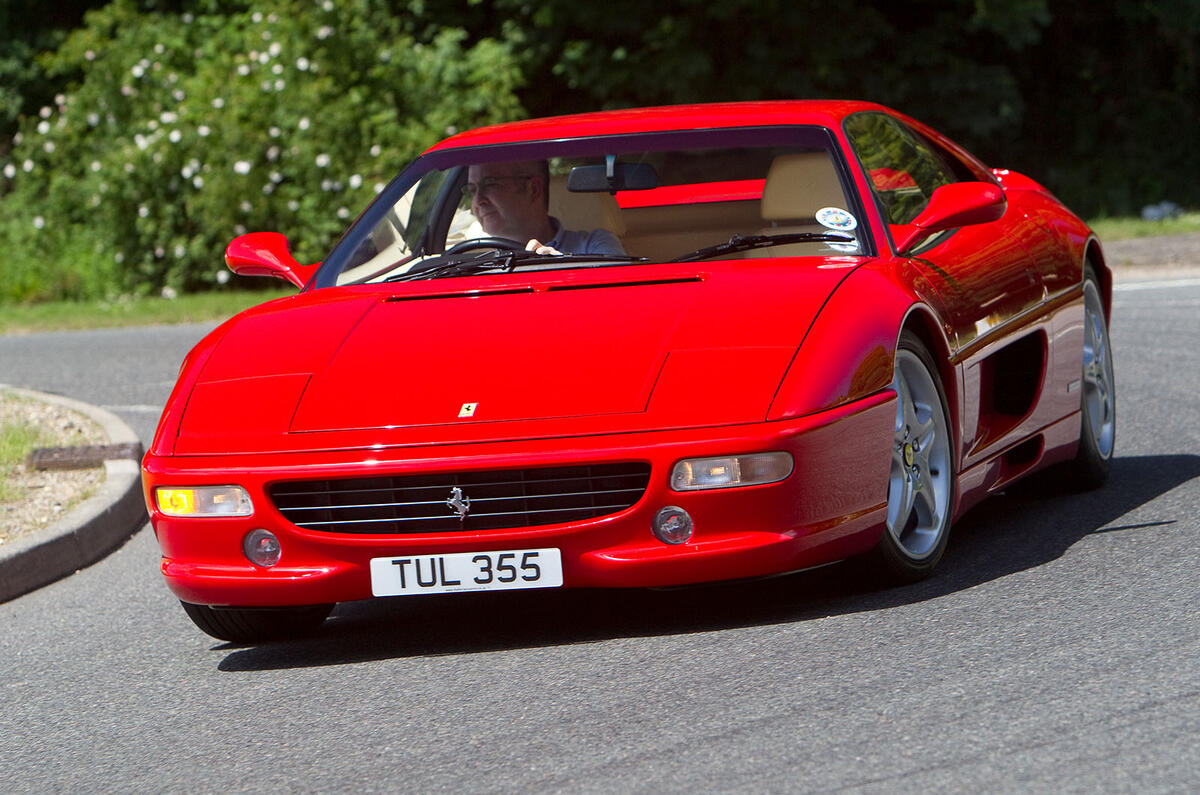
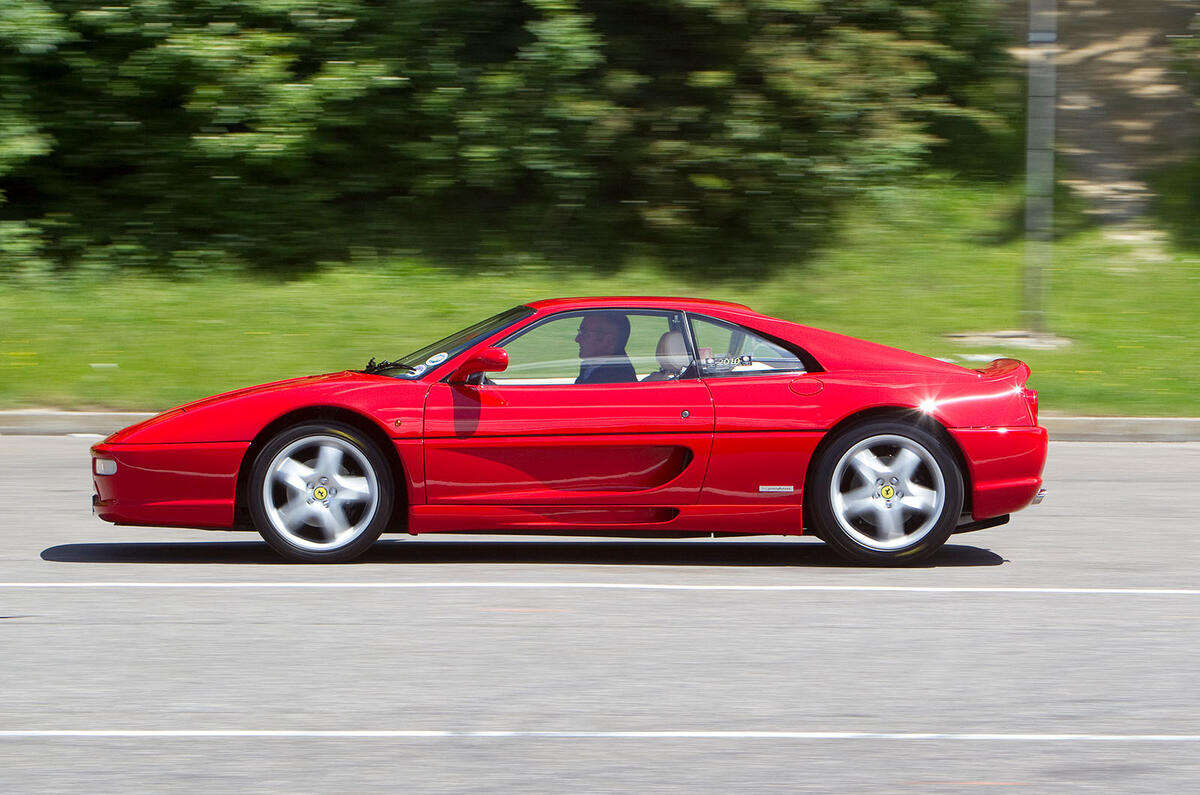
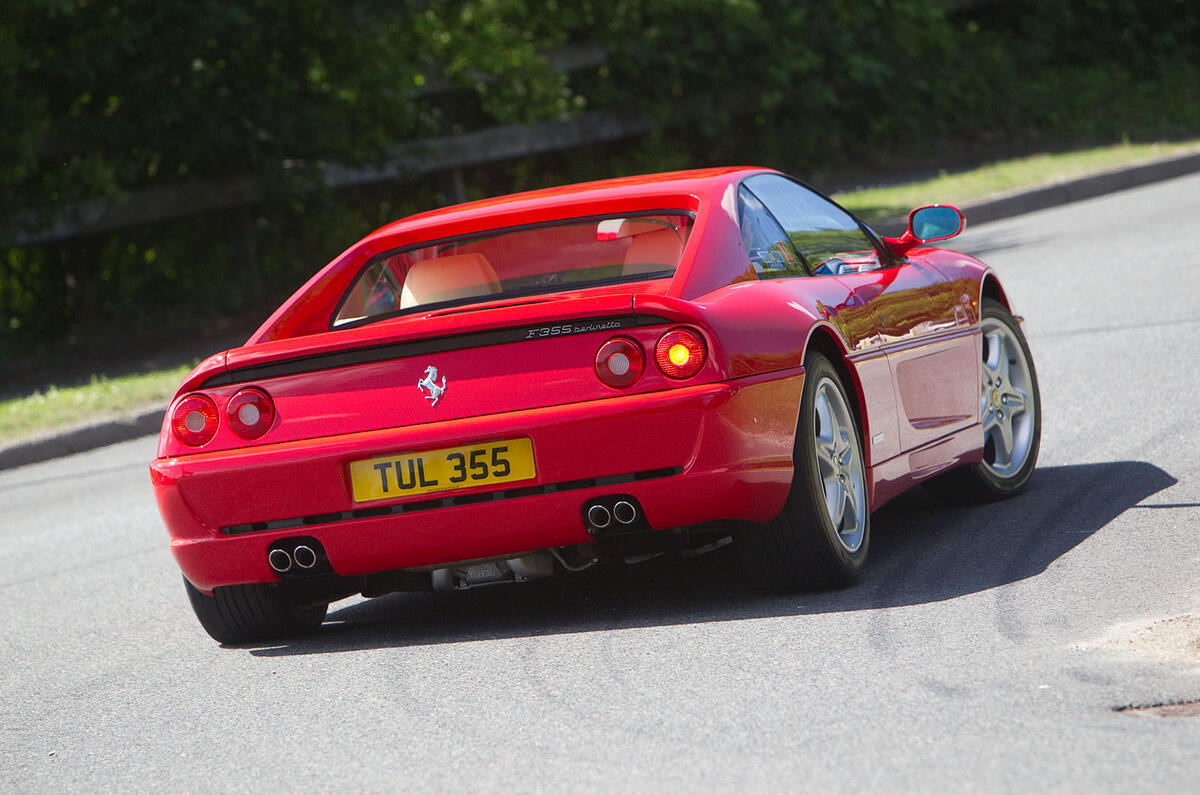


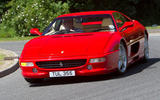

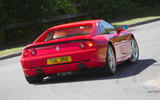



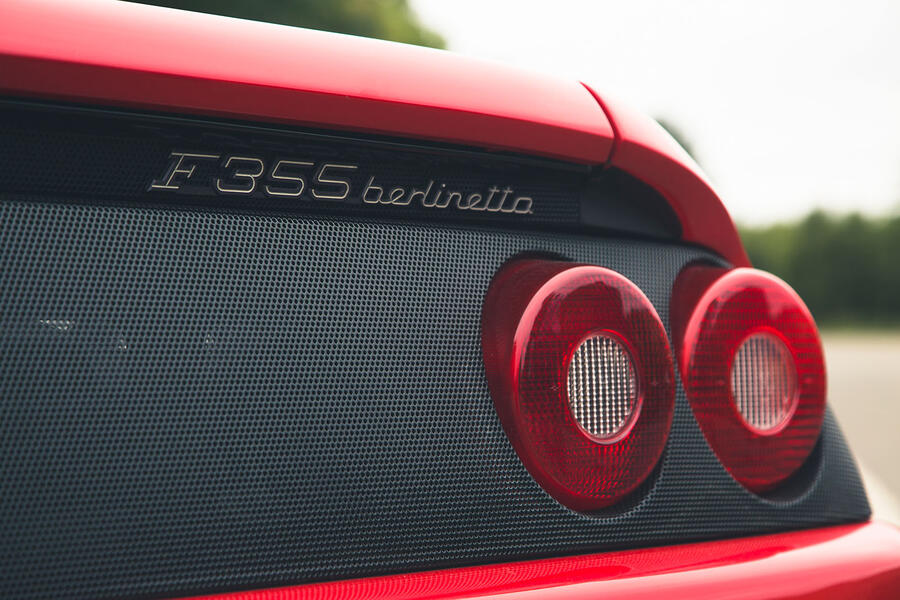
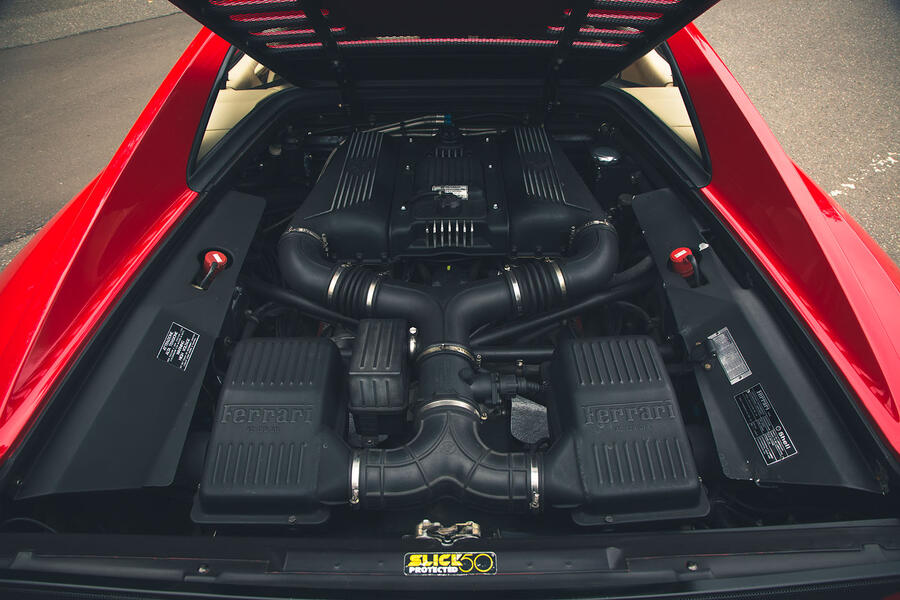

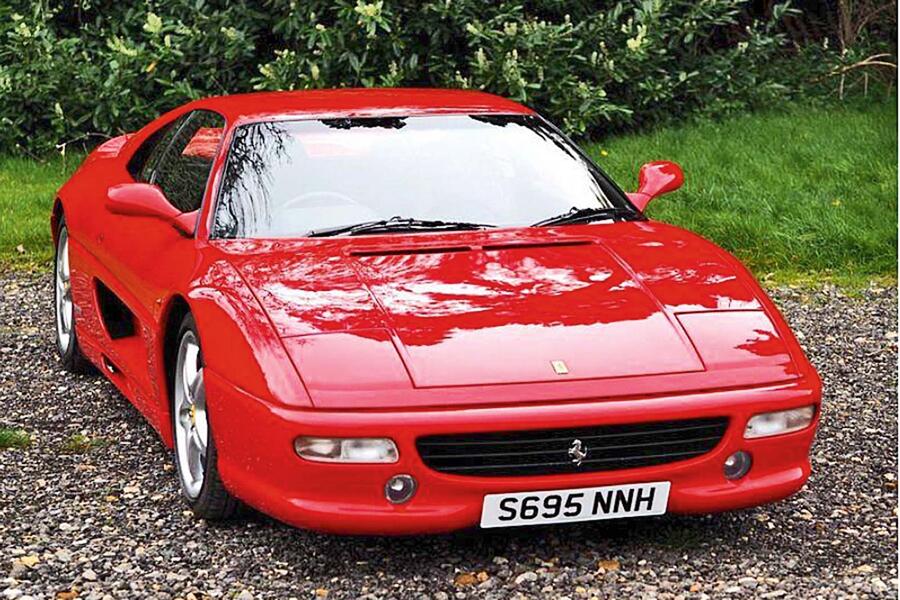


Join the debate
Add your comment
Looks fantastic but probably best admired from a distance.
The list of potential problems and their associated costs would put any sensible person off, but thankfully there are a few crazy (and rich) enthusiasts out there.
Just look at it! Nearly 30 years old and it is still a thousand times better looking than anything Ferrari sells these days. Such a shame they forgot how to make beautiful cars when cars like this are in their back catalogue.